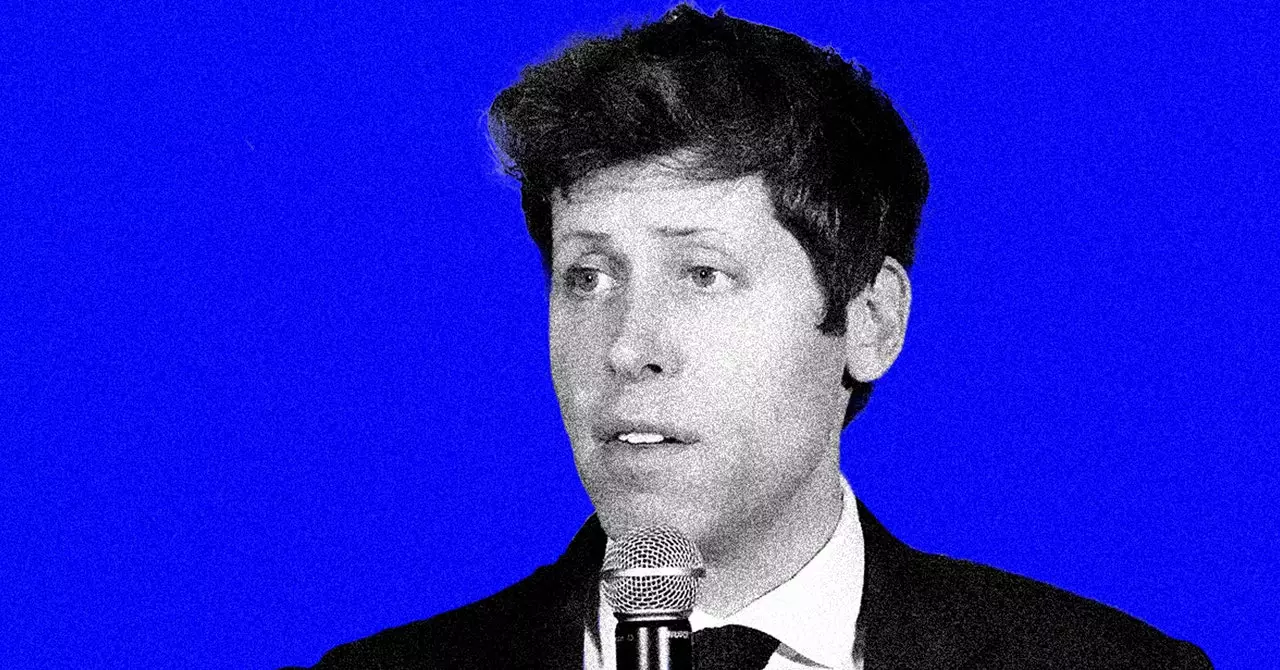In January 2024, OpenAI unveiled an ambitious platform allowing individuals to create their own custom GPTs, fostering innovation across various fields. Tailored to accommodate a wide array of users—including educators, coaches, and hobbyists—this initiative aimed to reduce the complexity typically associated with app development. By minimizing coding requirements, OpenAI sought to democratize access to AI technology, enabling a broader spectrum of creators to produce specialized interactions through ChatGPT.
The underlying philosophy of OpenAI’s GPT initiative is rooted in inclusivity. By broadening participation beyond traditional tech developers, the company anticipated that unique and engaging applications would emerge, hand-crafted by those who understand their niche audiences best. This approach holds the potential to cultivate an ecosystem of creativity—spanning educational tools to personal coaching apps—thereby enriching the interactions users can experience with AI.
A noteworthy aspect of this initiative is the introduction of a revenue-sharing model for creators. OpenAI has expressed intentions to compensate developers based on user engagement with their custom GPTs, which is expected to incentivize innovation further. In an exciting development, Nick Dobos, a developer notable for his coding GPT named Grimoire, confirmed participation in a revenue-sharing pilot program. His estimated monthly earnings could start at $1,000, with the potential for additional revenue contingent on user interaction levels.
Interestingly, while Dobos’s experience has been positive, details about the broader rollout of the revenue-sharing program remain scant. This raises questions about transparency and communication as creators navigate OpenAI’s evolving landscape, where financial success may depend heavily on engagement tactics and market strategy.
Users like Adrian Lin, an AI researcher from Singapore, demonstrate the platform’s far-reaching appeal. Without extensive experience in programming, Lin successfully developed his own product, Copywriter GPT, aimed at drafting advertising content. His bot has amassing between 500,000 and 600,000 interactions, showcasing that even those without technical training can leverage OpenAI’s tools for meaningful applications.
Such success stories illustrate the growing diversity of use cases among custom GPTs, further validating OpenAI’s vision of a collaborative ecosystem. However, it also invites scrutiny regarding how these tools will evolve in response to user feedback and market demands, and whether support structures will be robust enough to sustain this creative buzz.
Despite the excitement surrounding the GPT Store, challenges persist. Ensuring equitable access to monetization opportunities, providing clear guidelines for engagement, and maintaining consistent communication are essential for fostering sustained developer participation. Additionally, as more custom GPTs enter the marketplace, the potential for saturation raises concerns about visibility and discoverability for new innovators.
OpenAI’s initiative to empower nontraditional developers is a commendable step toward a richer, more inclusive AI landscape. For the dreamers and creators harnessing the power of custom GPTs, the journey has just begun, with endless possibilities stretching ahead. As the platform evolves, stakeholders will be tasked with navigating the complexities of innovation, engagement, and revenue, ensuring a fruitful future for this burgeoning creative domain.


Leave a Reply